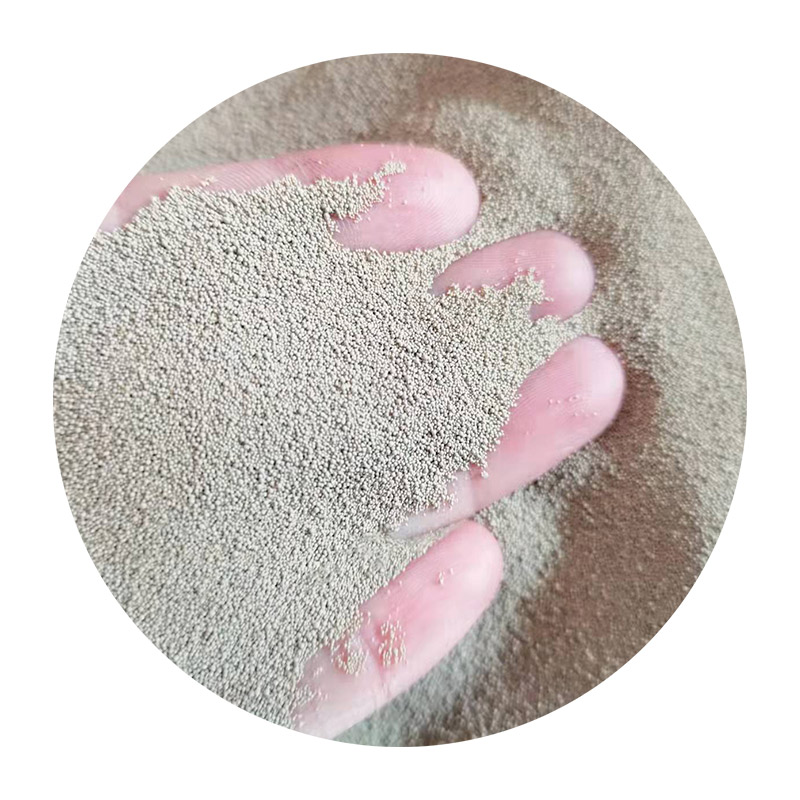Lost Foam Casting An Innovative Approach to Metal Casting
Lost foam casting is a sophisticated and efficient metal casting process that combines traditional techniques with modern innovations, making it a popular choice for various industries. This method is distinguished by its use of foam patterns, which provide several advantages over conventional sand casting and other traditional methods. The process not only enhances production efficiency but also improves the quality of the final product.
The lost foam casting process begins with creating a pattern made of expanded polystyrene (EPS) foam. This pattern is designed to precisely match the dimensions of the desired metal part. The unique aspect of this method lies in the fact that the foam pattern is not removed but rather consumed during the casting process. Once the foam pattern is created, it is coated with a thin layer of refractory material, which serves as a shell to contain the molten metal.
After the foam pattern is prepared and coated, it is then placed in a mold, often made of sand. The key step in lost foam casting is the introduction of molten metal into the mold. As the molten metal is poured, it flows into the cavity left by the foam pattern. At this point, the heat from the molten metal causes the foam to vaporize and vanish, leaving behind a perfectly formed metal casting that mirrors the original foam pattern. This method is known as lost foam casting because the foam is lost in the process, helping to create a precise replica of the desired part.
lost foam casting

One of the significant advantages of lost foam casting is its ability to produce complex shapes with exceptional dimensional accuracy and surface finish. Unlike traditional sand casting, where the pattern must be designed with draft angles for easy removal, lost foam casting allows for more intricate designs. This flexibility enables manufacturers to create parts that may otherwise be difficult or impossible to achieve with other casting methods.
Additionally, lost foam casting is highly efficient in terms of material usage. The process minimizes waste, as the foam pattern is entirely consumed during casting, and there is often little to no need for additional machining or finishing work on the final product. This results in cost savings and a reduced environmental footprint, making lost foam casting an attractive option for businesses looking to optimize their production processes.
Furthermore, this casting method is applicable to a wide range of metals, including aluminum, iron, and various alloys. Its versatility makes it suitable for producing components in industries such as automotive, aerospace, and heavy machinery. From engine parts to intricate brackets, lost foam casting has proven its ability to deliver high-quality, durable components that meet rigorous industry standards.
In conclusion, lost foam casting represents a remarkable advancement in metal casting technology. By utilizing foam patterns that are vaporized during the casting process, manufacturers can achieve complex designs, maintain high precision, and reduce waste. As industries continue to seek innovative solutions to improve efficiency and product quality, lost foam casting is likely to play an increasingly vital role in the future of manufacturing. Its unique benefits position it as a compelling choice for both established companies and startups alike, driving progress in this essential sector.
Post time:سېنتەبىر . 09, 2024 03:52
Next:标题Titleरेजिनकोटेडरेतविशिष्टता-उच्चगुणवत्ताआणिकार्यक्षमता
